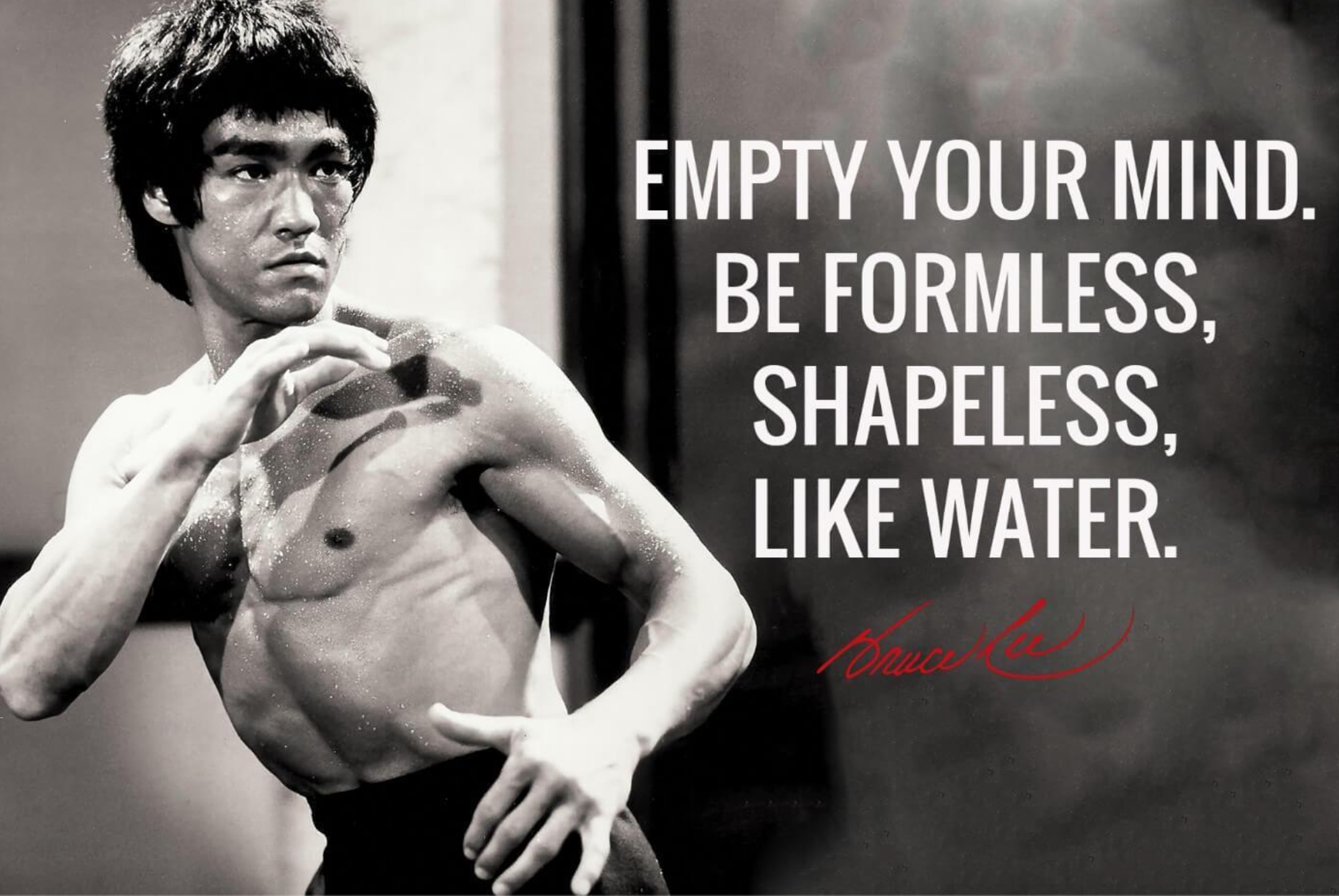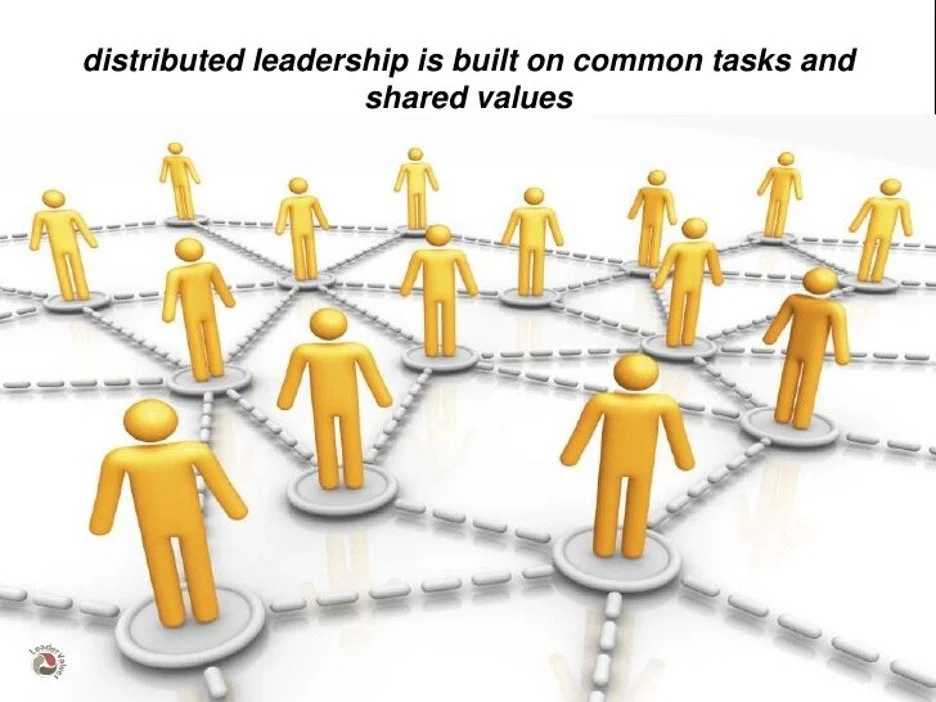Emergent and Distributed Leadership in Jazz and Business
Underneath trees are ecological networks of distributed connectivity. Underneath our individual subjective identities are a network of relationships that call-and-respond, that challenge and cooperate with our notions of autonomy and sovereignty, that say “yes, you and we are unique,” but that it’s true also that we’re connected to others through ancestry and shared ideals, such as the way we envision the potential of a better future for our children and generations to follow.
Ontological reality is a shared dynamic. And when we view reality through the sciences of complexity and systems, we come to a crucial understanding of the role of complex adaptive systems in nature and the universe. As humans we are a part of nature and the universe, so we too are complex adaptive systems in which novel properties and forms emerge in ways we can’t predict. The quality called emergence points to newness and distinction that unfolds when elements combine, resulting in properties not found in the parts. Together, two molecules of hydrogen and one of oxygen is water, but by itself neither hydrogen and oxygen is water. Water emerged as a whole from those parts. And, importantly, water can exist in gaseous, liquid, and solid states.
We too can co-exist in many states of being and becoming, like water.
The introduction above is a new one to the post that follows, originally published in 2020. This new intro is meant to suggest and imply the ways in which nature and emergence relate to distributed and shared leadership in jazz and business. By connecting fields and domains that are usually separated, we hope that you experience mind-expanding sparks of innovation and possibility.
Distributed leadership is a close cousin to the foundation principle of shared leadership in jazz. The flow of power and decision-making in the moment of high-performance on the bandstand is distributed to coordinate and collaborate cohesively. More generally, the term distributed leadership refers to the way leadership is enacted among people in complex organizations.
Author and former General Electric executive Beth Comstock relates this distributed model to emergent systems in nature. She says that no matter the titles we hold at work, it’s an illusion to think we can, by controlling others, “control outcomes. Because of accelerated change, we are all, by necessity, becoming collaborators rather than members of a command-and-control hierarchy. . . it’s best for organizations to mimic emergent systems in nature by distributing the decision-making process as widely across the network as possible. In effect, to empower individual ‘cells’ to relay signals and respond to their local conditions as they see fit.”
In a Harvard Business Review podcast in the summer of 2017 titled “Why Everyone Should See Themselves as a Leader,” University of Michigan’s Ross School of Business Professor Sue Ashford makes a similar point about the value of shared leadership:
If we’re in a world where things are moving much faster than they did before, things are more complex, things are more ambiguous, and more—work is more interdependent where coordination and cooperation is required, then shared leadership can have a lot of payoff. We don’t have time to wait for everything to go up the chain of command, back down the chain of command; we need people taking leader-like actions in more places so that they can react more quickly, react in a way that allows more voices to be heard to handle some of that complexity and ambiguity.
—Sue Ashford, chair of the Management and Organizations group, Ross School of Business
Beth Comstock
Comstock is also in tune with how leaders with clear missions and mindsets can combine structure and possibility as do jazz artists. “[Such leaders] have a knack for recombining the skills and assets of their organization in new ways in the same way that a jazz improviser recombines notes. Both make decisions partly according to a kind of muscle memory of the established rules and partly according to the unique possibilities and requirements of the moment.”
The Rhythm of Distributed Leadership
The shared quality of leadership in jazz is one of its most distinctive qualities as a metaphor for group collaboration in organizational life. The responsibility of a jazz musician extends beyond the imperative to hone your “chops,” your skills, in practice as well as in the heat and light of performance. Although a group may often have a name “leader” on a gig or recording, each person is also a leader through the role they play in the ensemble and the experience and judgment they bring to the shared moment.
But shared and distributed leadership, most often conceived of as a team and group dynamic, can also apply to the individual. For instance, if our three brains—head, heart, and gut—are not in accord, then what we think, feel and intuit won’t resonate, won’t jibe, won’t swing. Another example is the individual jazz drummer as a model of shared and distributed leadership.
Jazz drumming royalty Roy Haynes, Art Blakey, and Philly Joe Jones sharing a moment
In a marvel of coordinated independence, a skilled jazz drummer can play four different rhythms at the same time, one with each hand and each foot. If you’re not a drummer, playing four different rhythms simultaneously, distributing them across the drum set, likely seems impossible. (Try tapping out four different rhythms with your limbs to see what I mean.) But this feat of individual excellence honed in the shed is not just for flashy ego gratification; it’s part of what the jazz drummer brings to the ensemble to provide the rhythmic support and foundation of the musical groove.
Likewise, when we bring our best to interactive situations at work and elsewhere, we help the group and situation move forward, and lay the very foundation for shared and distributed leadership to become real, not just business school theory. If it can happen in jazz on bandstands around the world every night, by martial arts masters, and throughout nature itself, then why not in business every day?




